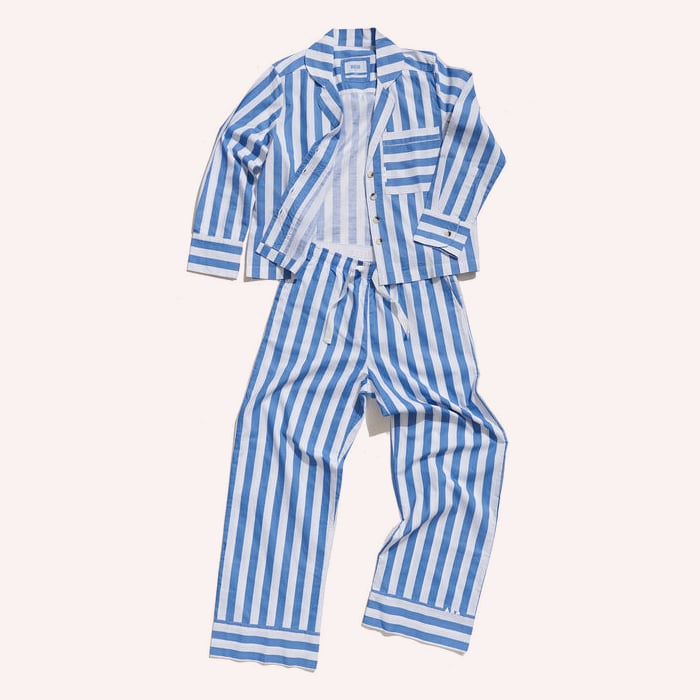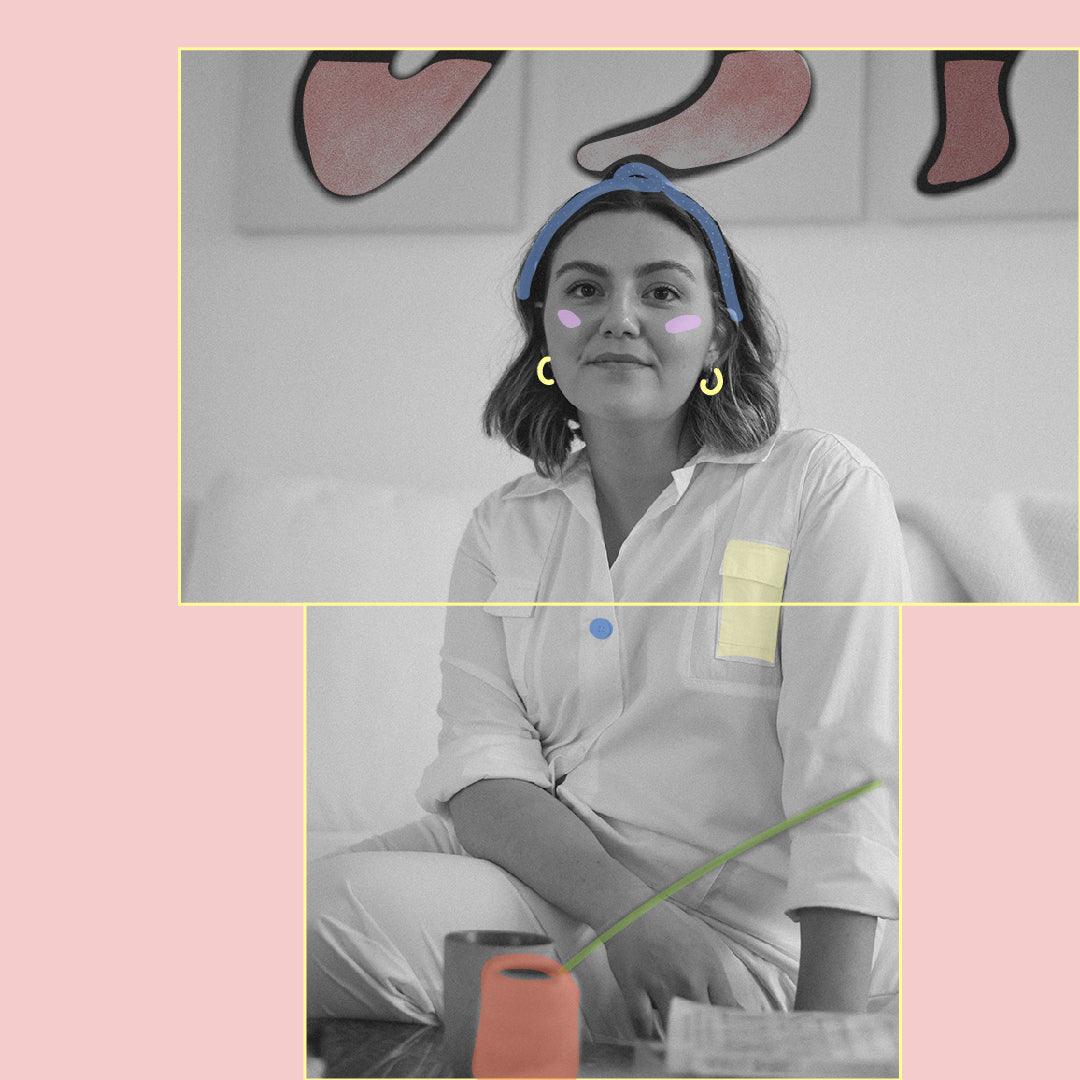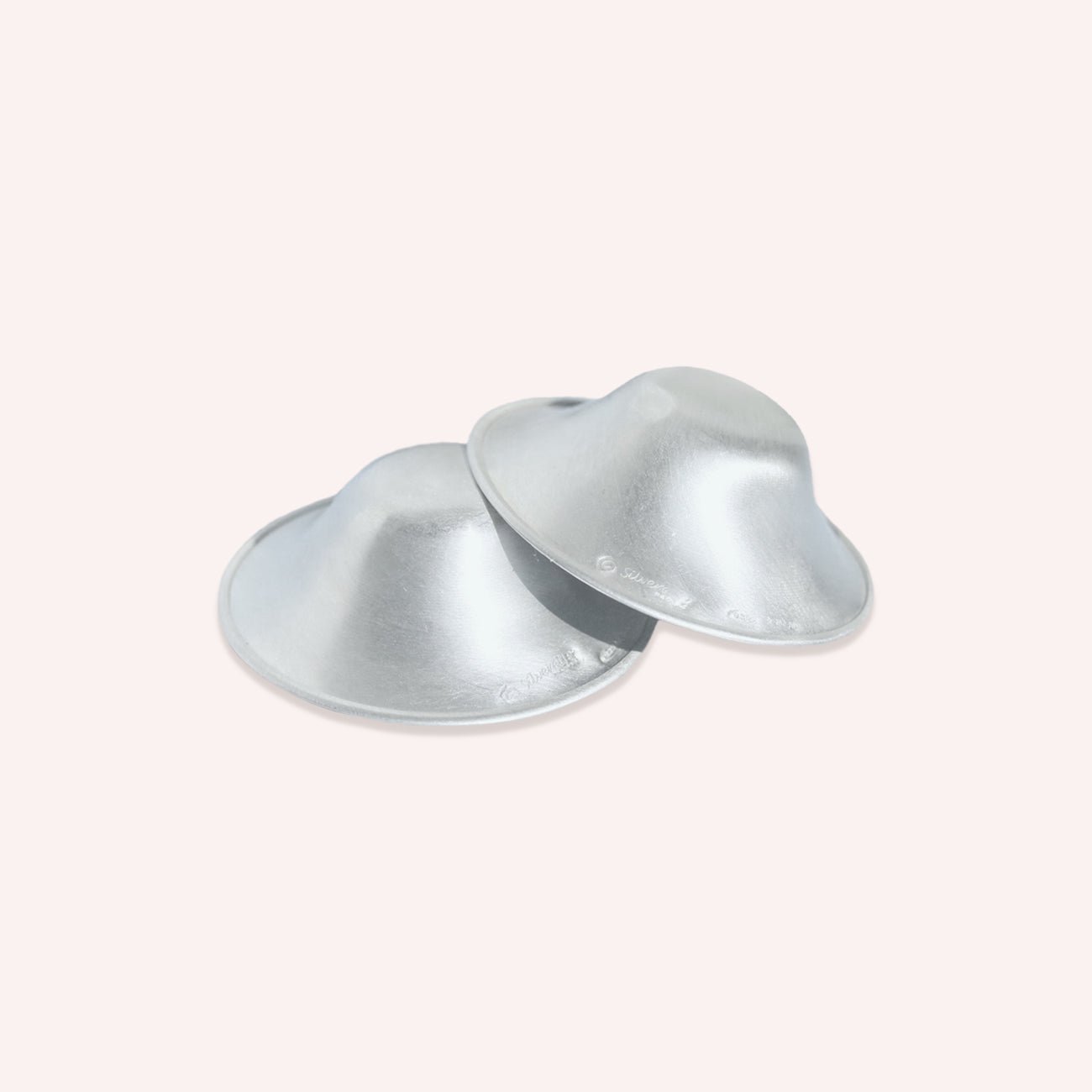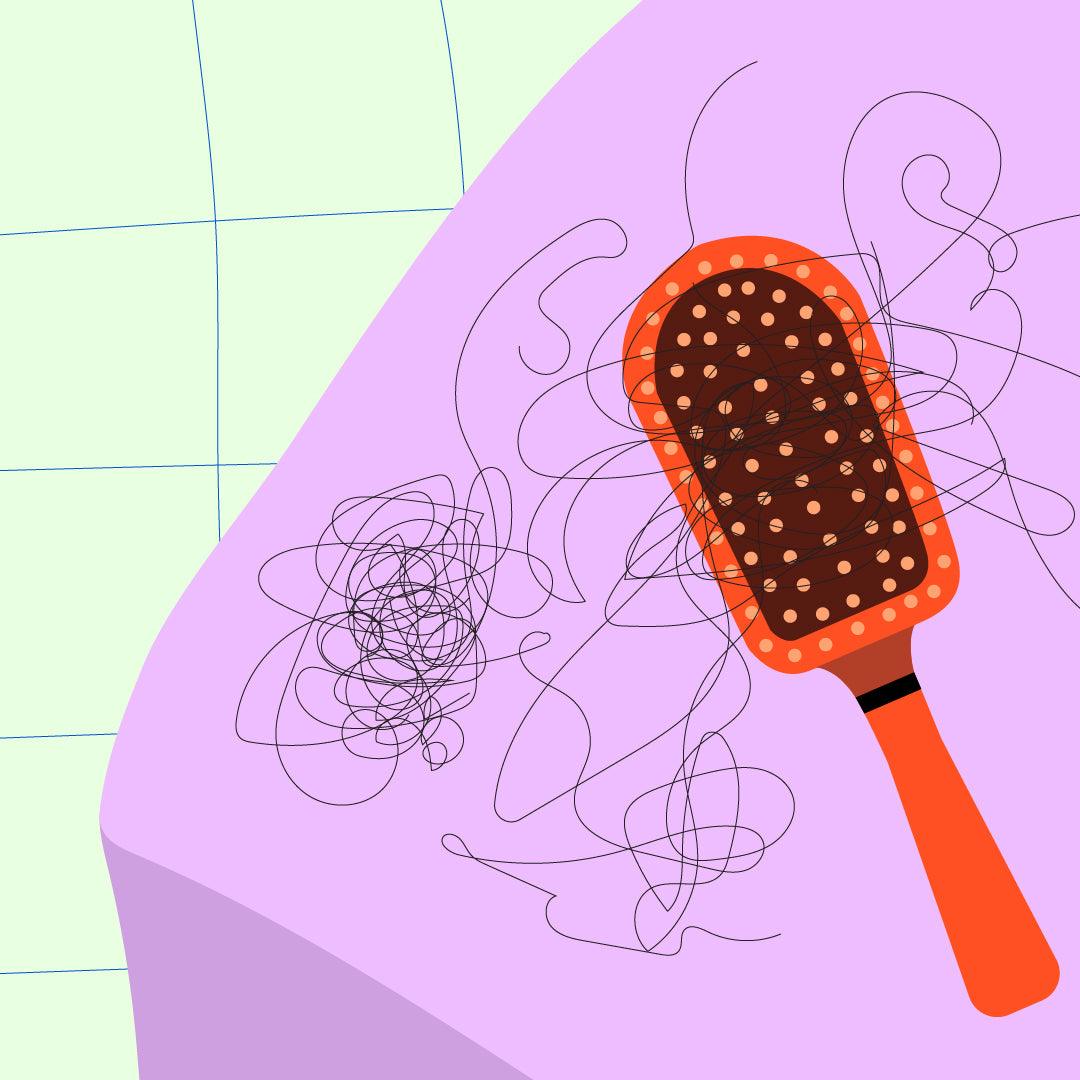Mastering that breastfeeding latch is a common hurdle for new mums. For some, it takes days, others weeks. From my own experience, after having a pretty seamless breastfeeding experience with my first born, a nipple fissure at nine months postpartum with my second baby took me by surprise! Word to the wise: lazy latch equates to nipple damage. Apart from correcting our latch and ensuring there were no other major issues going on, the Silverettes worked like MAGIC in repairing the skin and getting me on the road to recovery ASAP.
Postpartum doula, Charlotte Squires, shares her essentials for helping new mother’s thrive in the fourth trimester and beyond.
My passion to be a doula is deeply rooted in my healing from cancer in my early twenties. As I went into remission, closing that chapter, my journey to parenthood began, falling pregnant with my son, Rupert. I see so many synchronicities between my expansion into survivor and then again into parent. There was a surrender to the process, an opportunity to choose how I was going to stand up for myself and a trust that I knew exactly what to do in each moment.
Life-altering experiences, like getting the all-clear from cancer or birthing a child, are a chance for self-actualisation and rebirth. I guess you can say that from my grief birthed joy because after my son’s birth, I leapt at the idea of becoming a postpartum doula. Postpartum is the most tender and sensitive time and is usually both the breaking and the making of us as parents. I believe that the birthing continuum, particularly postpartum, is one of the most significant expansions in a human’s life, and should be witnessed, savoured and revered.
I am now a mum of two, after welcoming my daughter Honey, living and working in Naarm/Melbourne. During my time as a doula, I have met many new mums and families during their fourth trimester. With each new client and tiny baby, I learn deeper that there is a common thread of needs that each family need met in order to survive (and thrive): food and nourishment, emotional help, and support. Support in terms of having people to show up and help, support in terms of consultation and advice, and support in terms of physical aids that can make new motherhood a little easier. Here are the items I keep in my postpartum doula kit or most often see working for my clients.
Bink Mama Bottle
There is no thirst like breastfeeding thirst. Take this as a warning. Good quality filtered water is your new best friend and the bigger the water bottle - THE BETTER! Make it your support person’s job to ensure it stays filled up.
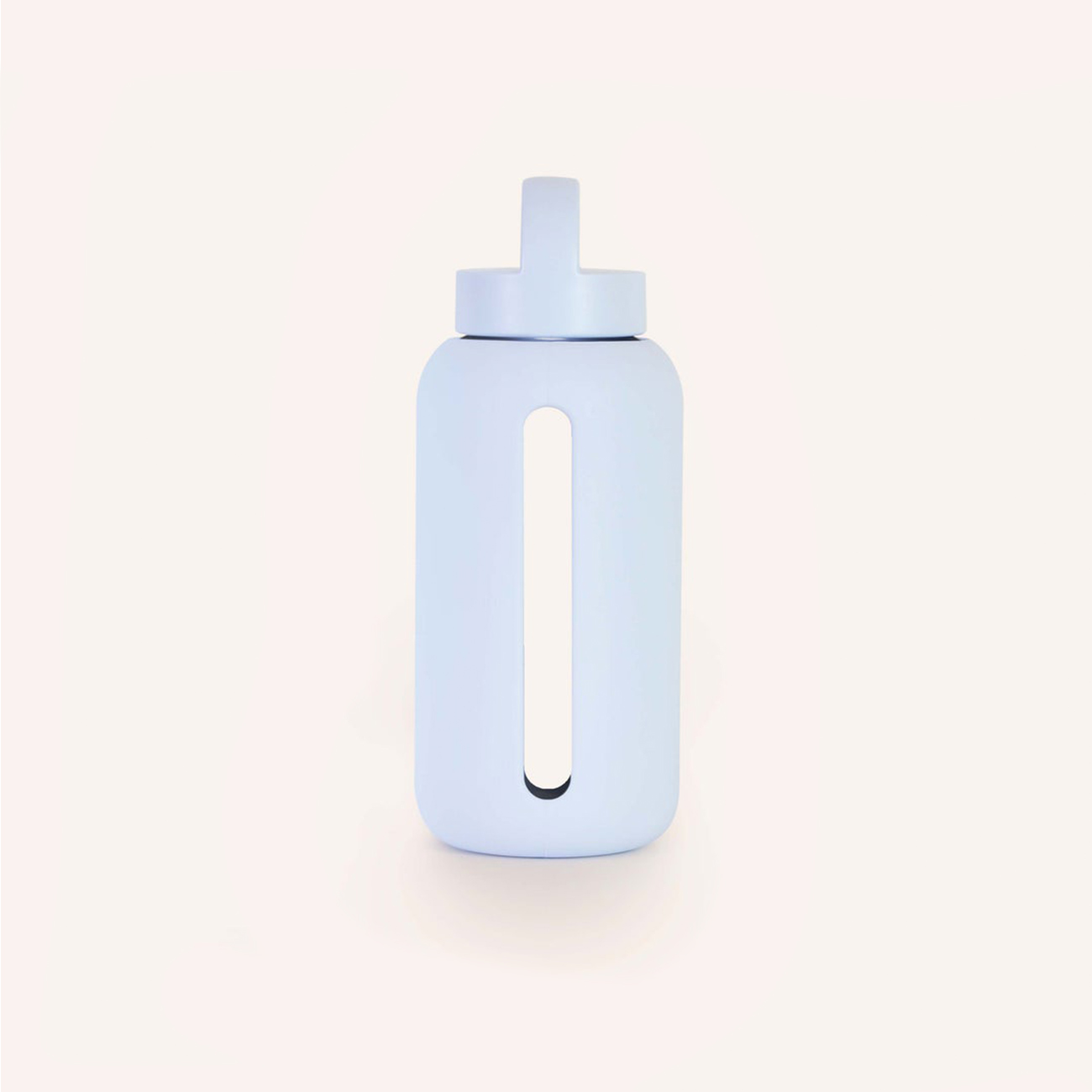
Bare Mum Ergonomic Perineal Wash
Second time around, my recovery was slower. I needed a lot of bed rest as I chose to let my perineal tear heal naturally. Every bowel movement or shower, felt like an ordeal. I wished I’d purchased one of these wash bottles to make the process more streamlined and effortless. It keeps the site clean and is designed to make the ‘reach’ easy for our tender bodies.
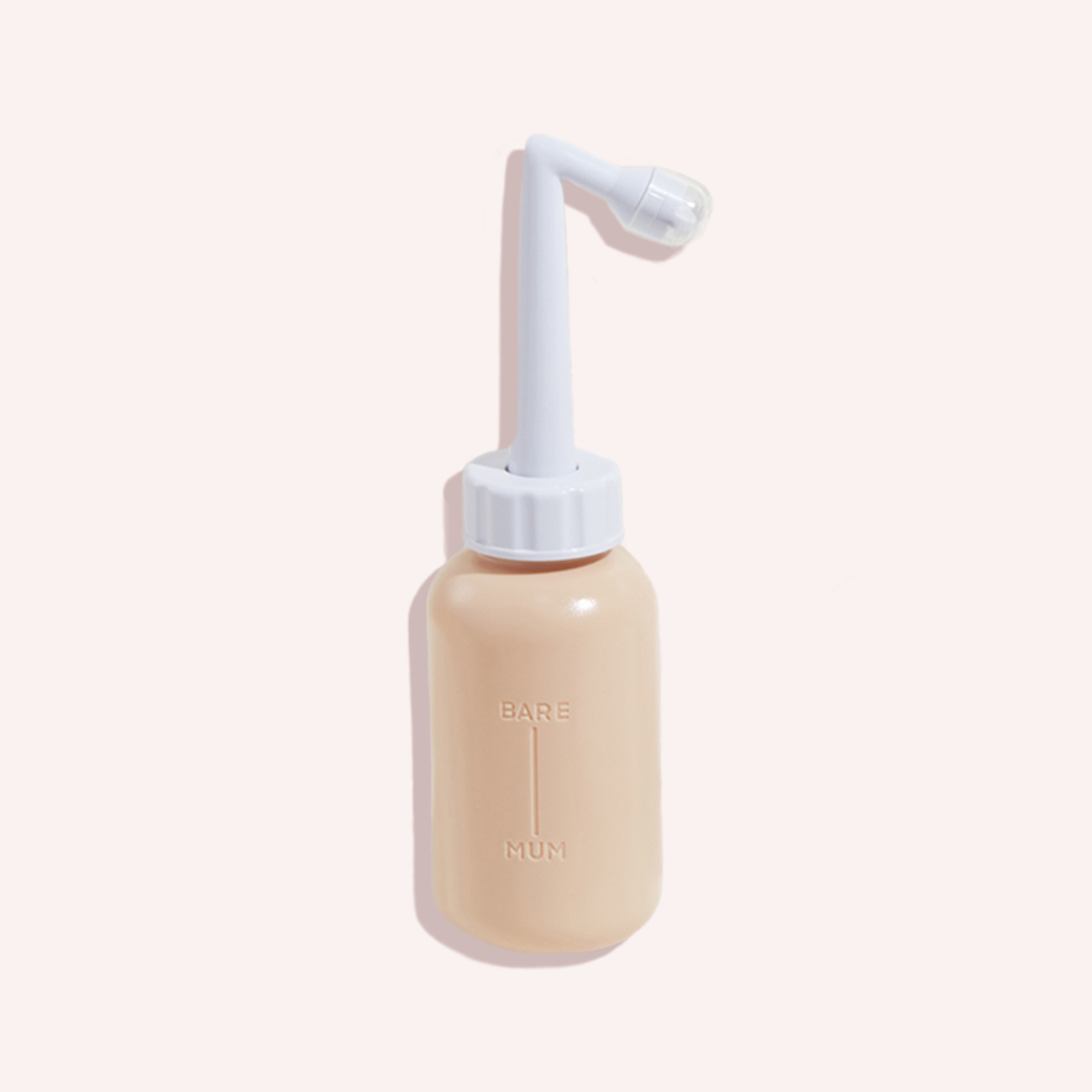
Haakaa Silicone Colostrum Kit
I knew to do this, and I didn’t do it. Antenatal expressing is the collection of colostrum (first milk) during pregnancy. It takes several days after birth until your breastmilk comes in, but for many, colostrum can come in during their third trimester. It’s highly concentrated, full of protein and nutrient-dense and is full of good fats, easy to digest, and brimming with immunity. I regretted it around the four-month mark when we were hit with a virus and I wished I’d had some liquid gold to help support my little babe. I know the final weeks of pregnancy can be a blur but take the time to stock up so you can have peace of mind with a freezer stash of your own superfood. Tip: after 36 weeks is advised as nipple stimulation can encourage labour - please get the green light from your health care provider.

Snuggle Me Organic Nursing Pillow
I will never stop reiterating this to all my clients, “take care of your body while breastfeeding”. Sitting cross-legged in unsupported A-symmetrical positions will lead to breastfeeding injuries (compressed lower discs in your spine, RSI, tennis elbow etc). Sit upright, support your spine and ensure you and baby are both comfortable. Particularly as your baby grows and becomes heavier. If you’re feeding into the toddler years, it can become very real for your back.

Modibodi Sensual High-Waist Bikini
I only recently started dabbling in the ‘period undie’ game and I am a convert! I like being able to do my bit for mother earth where I can, and I often feel like a major failure in those early days with postpartum pads and newborn nappies galore. I’ll stock up on these if I have my time again.
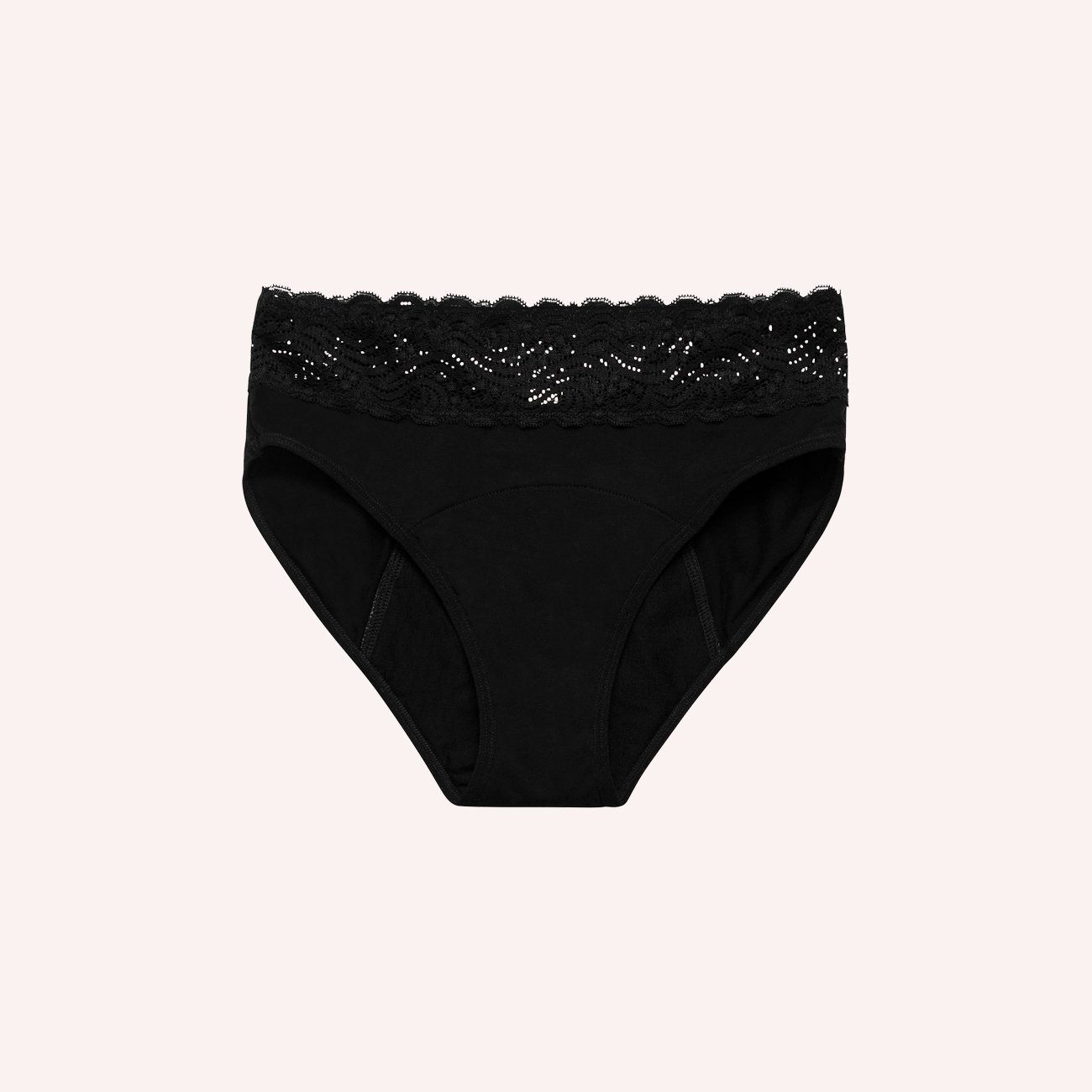
Body Ice Maternity Care Pack
I’m a big fan of warmth in your immediate postpartum. Socks on, warm food and lots of skin on skin. This also extends to your more tender bits post-birth. Your womb space and your vagina and/or belly wound will require warmth to draw blood to the area to ensure healing. Cold is advised only in the first 24 hours to ease discomfort, but after that, heat is the ultimate for healing.
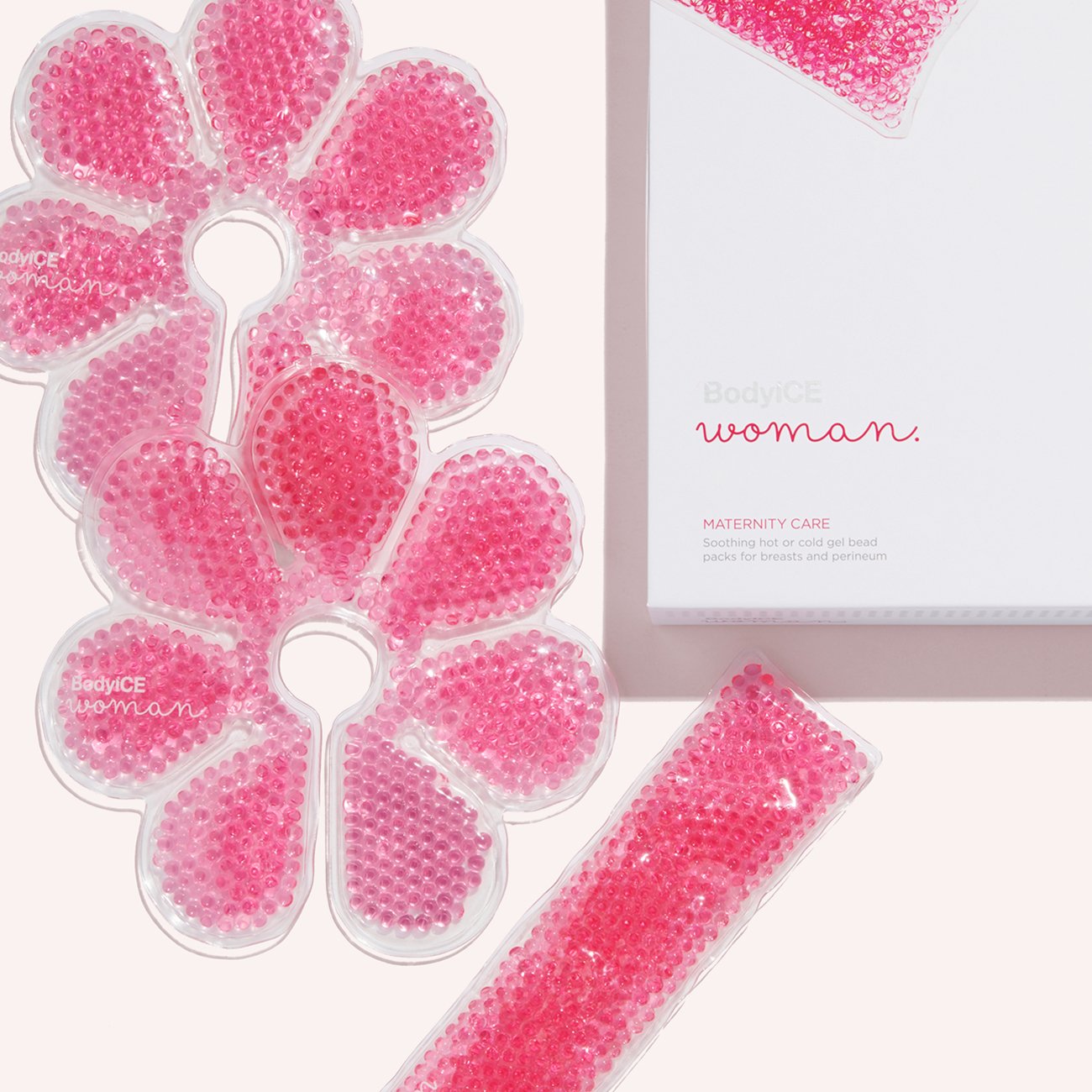
Being Belly Oil
Postpartum bodies deserve love and appreciation. A gentle daily oil massage for a soft tummy can soothe and assist in the healing of the skin tissue that has stretched to house your babies. I like to set an intention of gratitude when massaging for all that our body has done, and continues to do, to care for our children.
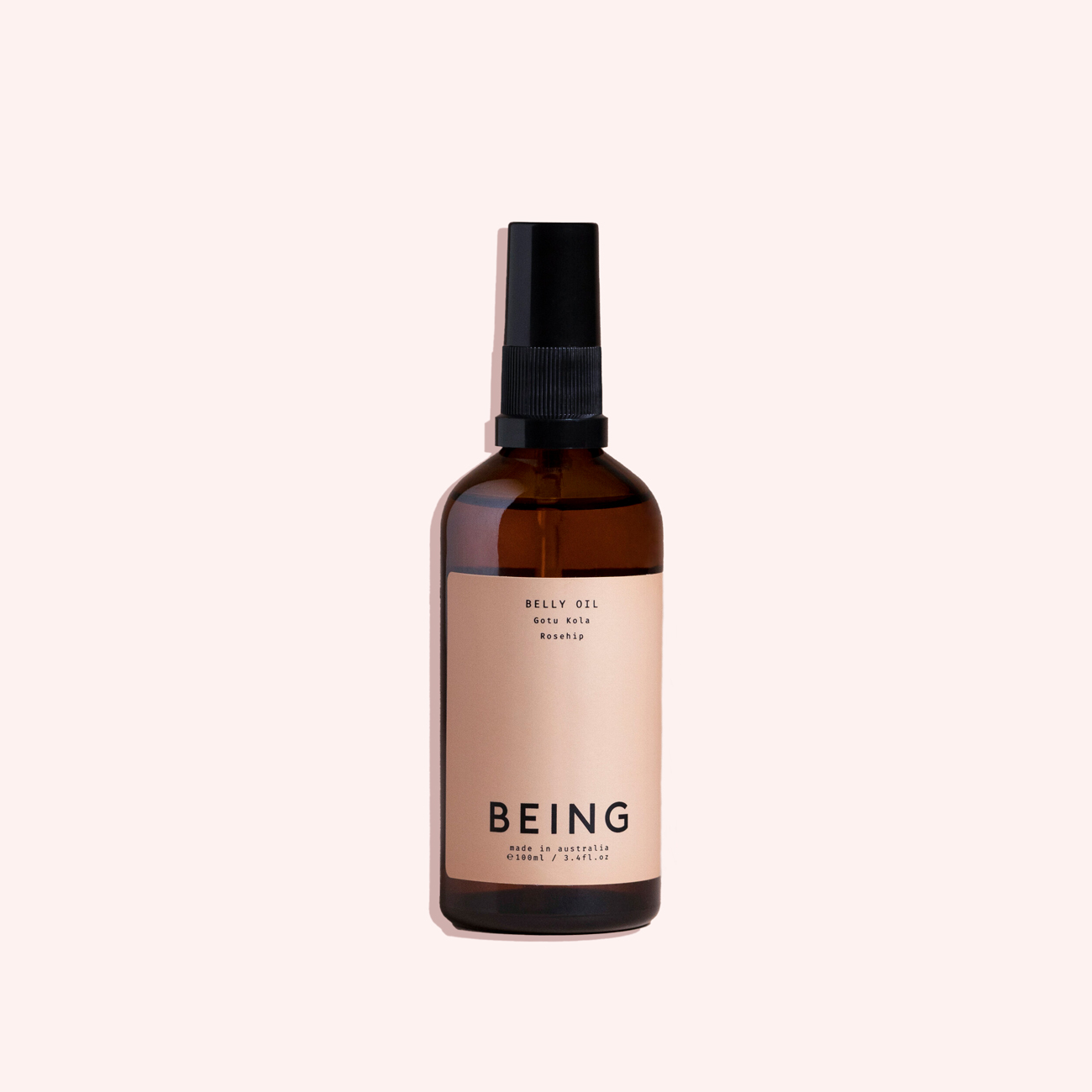
Mere Postpartum Bath Salts
I am a big bath fan. I prepare a healing bath for nearly all my clients when caring for them. Baths boost oxytocin (very important for postpartum), they are warming and relaxing and when appropriate herbs are added to the mix, there are so many healing benefits too. It’s almost a crime not to have a herbal bath in your postpartum.
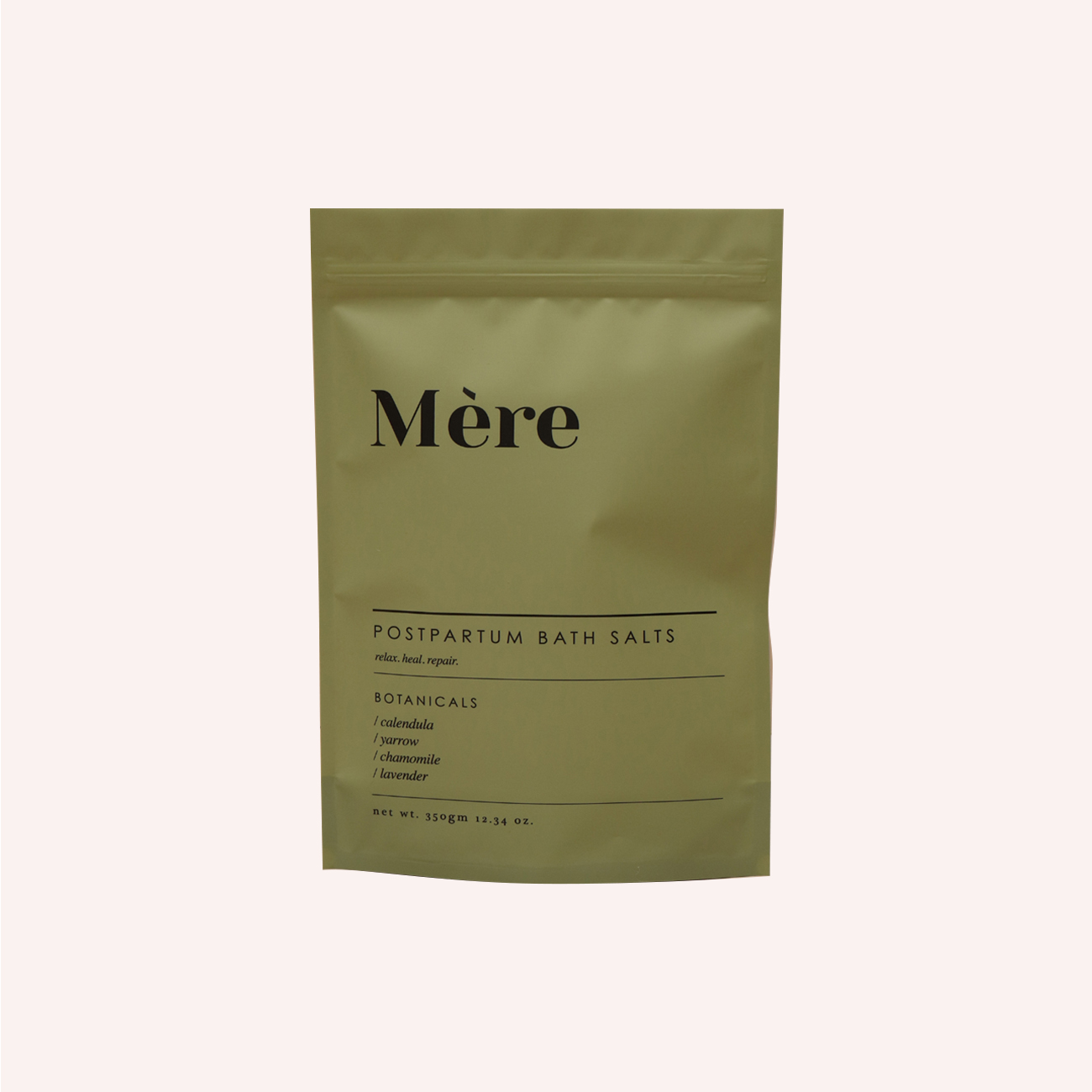
Maeva Long Striped Set
The new (ahem, ancient) postpartum calls for lots of time in bed resting therefore, fancy PJs are an obvious addition to my postpartum registry. If you’re bed-sharing you need to keep the doona below your waist for the baby’s safety, so long-sleeved, cosy pyjamas are a must. The button-down also provides easy access for feeding.. More sleep for me and more boob for baby, the only downfall is keeping the doona down around my waist for safety which means long sleeves are a must in winter, and button down is for easy access to the milk makers!
